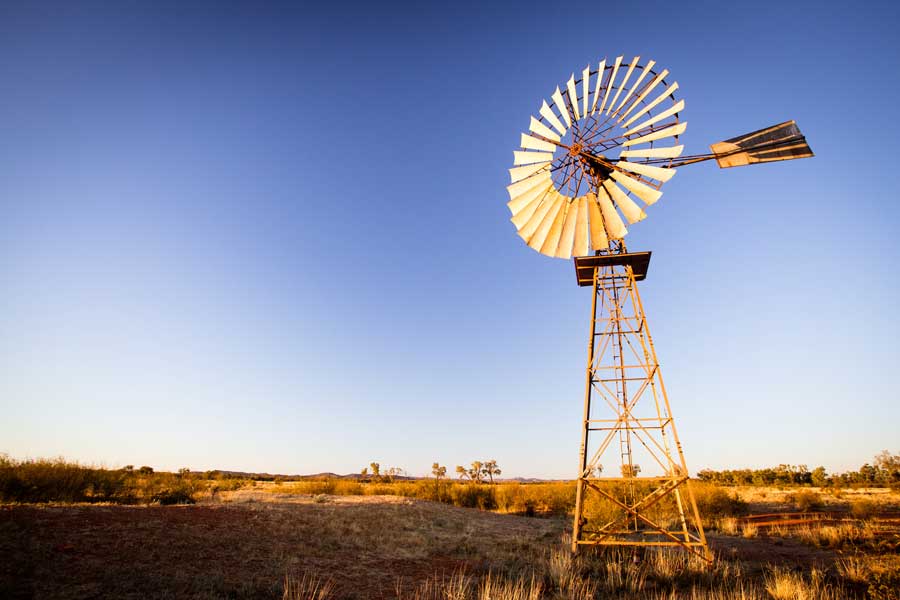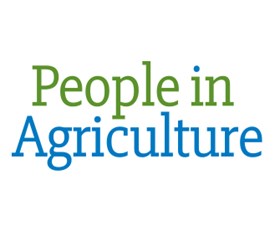Census data reveals Australia's changing Agricultural Landscape
27/7/2017
Based on the Agricultural Census data published every twenty years, changing local weather conditions have had a measurable impact on crop and livestock production numbers for the year of 2015-16.
Based on the Agricultural Census data published every twenty years, changing local weather conditions have had a measurable impact on crop and livestock production numbers for the year of 2015-16.Lauren Binns, Director of Environment and Agricultural statistics for ABS, supported that while winter and spring rain in regions of New South Wales and Queensland made for more abundant crops, a warm, dry spring in Southern Australia let to a decline in the production of other crops. Specifically, barley production was raised by 6% and New South Wales farmers were able to expand their planting area with top yields, Ms Binns revealed.
Across the board wheat produce showed a decline of 5% due to the hot climate conditions in late spring in Victoria and South Australia regions. Likewise, canola produce declined by 21% with the major drops in Western Australia and due to not so favorable conditions in Victoria and South Australia.
Richard Rice; Parkes New South Wales main producer, revealed his surprise to see the reported rise of barley plantings.
As barley values currently do not exceed $200 a tonne- it’s uneconomical for growers to produce at large volume, Mr Rice claimed.
Barley may grow well, but the truth is a farmer’s main motivation is the value. That explains perhaps why plantings of break crops like chickpeas and pulses were subject to a remarkable rise in the area - the prices are higher.
Chickpeas in particular, have been priced repeatedly between $800-900 a tonne Mr Rice said and Canola isn’t very far behind as it is priced at approx. $500 a tonne.
In the north good climate conditions in Queensland and Northern Territory had made their part to the faster than expected restocking of beef cattle.
According to the ABS, the national meat cattle herd fell by 1% to 22.3 million, with small falls across most states offset by increases in the NT. Dairy herds fell by 2% to approximately 2.7 million, while the sheep flock fell by 1% to around 67.5 million.
Lauren Binns, Director of Environment and Agricultural statistics, had commented that the robust support from the Agricultural field was the base of the Agricultural census which as ABS biggest business collection. The ABS of course showed their gratitude for the farmer’s time and try to offer information. Agricultural businesses grew by 1% to 85,681 nationally
The min. size limit for a farming company to be featured in the Agricultural census was raised this year from a farm needing an annual turnover of $5,000 to a rate exceeding $40,000 on average to be included.





